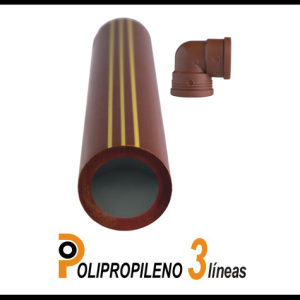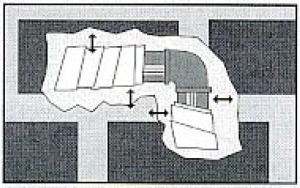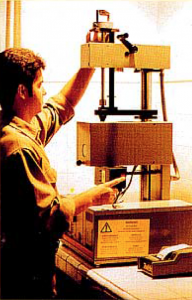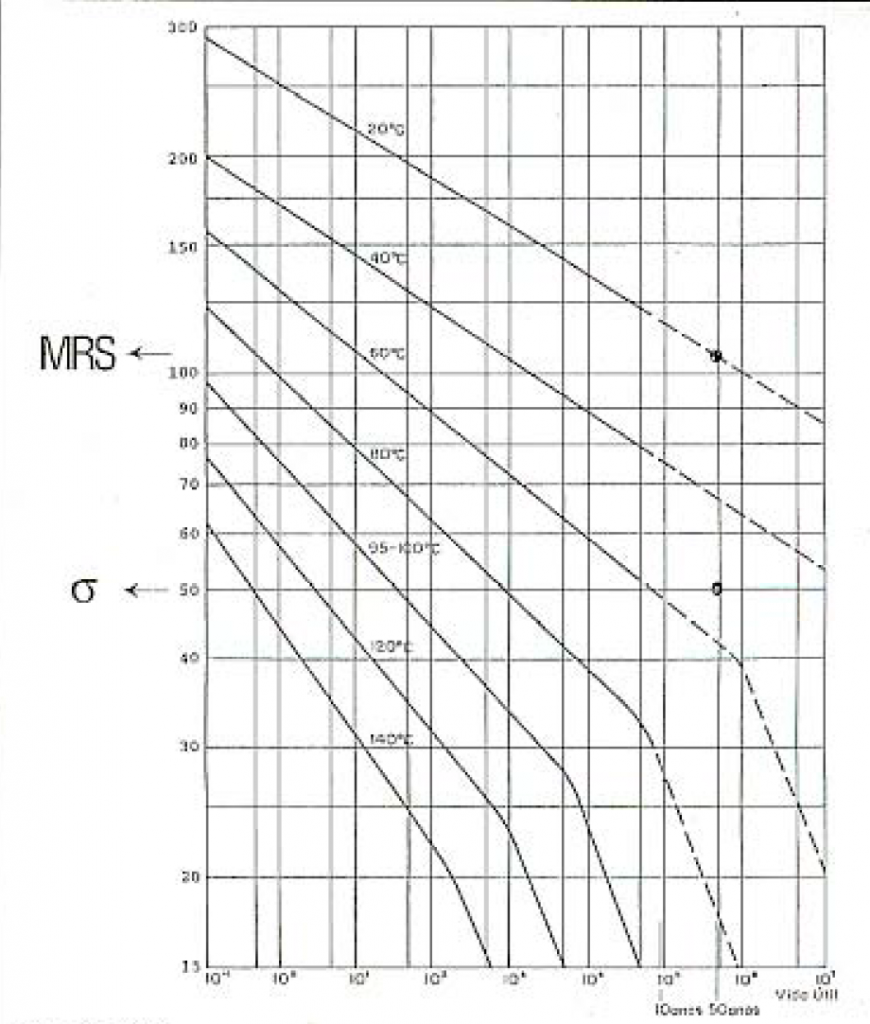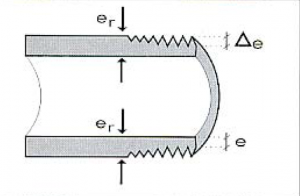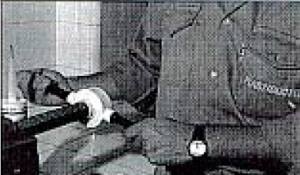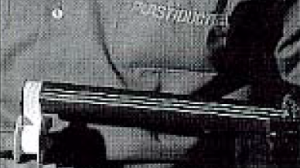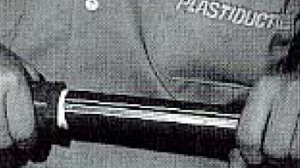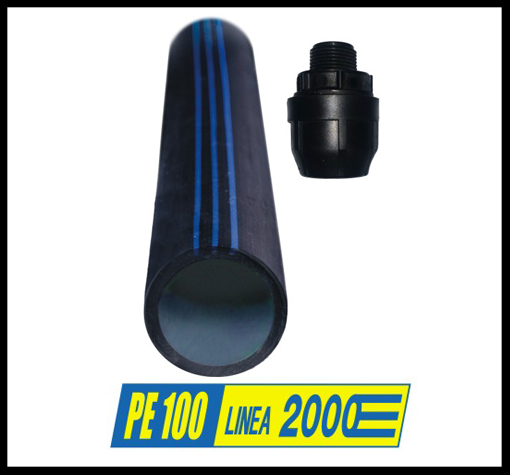Product Description

Polypropylene is a polymer derived from the polymerization of propane in the presence of catalysts under precise conditions of pressure and temperature.
Polypropylene is part of the group of thermoplastic materials, and consequently can be melted at a specific temperature, allowing the material to be shaped and cooled later to obtain the required product.
3 STRIPES PPH THREADED PIPES are manufactured following a special formula, developed by our company, which provides the product with a better resistance to high temperatures and impacts.

